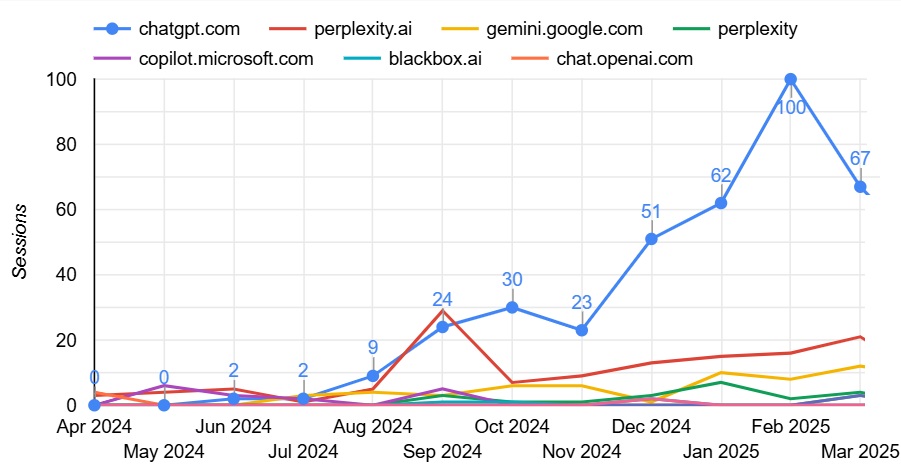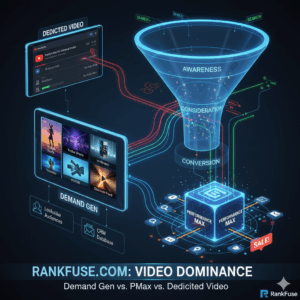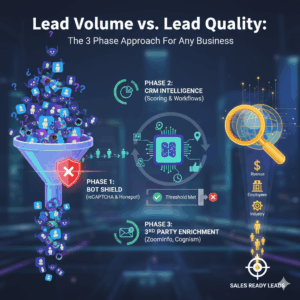AI Engine Optimization (AEO): The New Frontier for SEO Leaders
A data-driven exploration of how brands can optimize for AI platforms
Introduction: Understanding the AEO Landscape
In today's rapidly evolving digital ecosystem, a new term has entered the marketing lexicon: AEO, or AI Engine Optimization. As generative AI platforms like Claude, ChatGPT, Google Gemini, and Perplexity become integral to how people discover information, forward-thinking marketing leaders are asking a crucial question: "How do we ensure our content appears as a trusted source when users interact with these AI systems?"
This question represents a paradigm shift in content strategy. While search engine optimization (SEO) remains vital, understanding how to position your brand as an authoritative source for AI systems requires additional considerations. These systems don't just index and rank; they synthesize, interpret, and generate new content based on their training data and retrieval mechanisms.
Key Insight
The data reveals a 23x gap between search engines and AI chatbots (163.7B vs 7.0B monthly visits). While chatbots currently represent just 4.3% of search engine traffic, their growth rate (125.8% YoY) far outpaces search engines' growth (5.6% YoY), indicating a significant shift in how users access information online.
For marketing leaders, this suggests a dual strategy: maintain strong SEO while developing AEO capabilities to capture emerging AI-mediated discovery.
YOY Changes in Platform Visits by Category
| Platform | Category | Total Visits | YoY Change |
|---|---|---|---|
| Search Engine | 1,631.5B | -1.41% | |
| Microsoft Bing | Search Engine | 60.1B | 27.77% |
| Yandex | Search Engine | 41.5B | 32.65% |
| Yahoo | Search Engine | 41.3B | -22.50% |
| DuckDuckGo | Search Engine | 37.0B | -8.77% |
| ChatGPT | AI Chatbot | 47.7B | 67.09% |
| DeepSeek | AI Chatbot | 1.7B | 11,300.49% |
| Gemini | AI Chatbot | 1.7B | 41.28% |
| Perplexity | AI Chatbot | 1.3B | 243.74% |
| Claude | AI Chatbot | 1.2B | 383.44% |
The Foundation: Why AEO Matters
Before diving into strategies, it's important to understand why AEO deserves attention. AI systems are increasingly becoming the primary interface between users and information. When someone asks ChatGPT about your industry, product category, or expertise area, will your brand be represented in the response?
Unlike traditional search where users scan multiple results, AI often provides a single synthesized answer. This "winner-takes-all" dynamic means being recognized as an authoritative source by AI systems can significantly impact your brand's visibility and influence.
The Data Tells a Clear Story
The infographic shows monthly trends from April 2024 to March 2025, with search engines growing from 155B to 163.7B visits (5.6% growth) and AI chatbots growing from 3.1B to 7.0B visits (125.8% growth).
Looking at individual platforms:
- ChatGPT leads AI platforms with 47.7B visits and 67.09% YoY growth
- Google maintains dominance with 1,631.5B visits
- Emerging AI platforms show remarkable growth rates:
- DeepSeek: 11,300.49% YoY
- Microsoft Copilot: 1,038.72% YoY
- Claude: 383.44% YoY
- Perplexity: 243.74% YoY
This explosive growth indicates a rapid shift in how users seek information, despite search engines maintaining overall volume leadership.
Building Your AEO Strategy
1. Create Valuable, Original Content
The cornerstone of effective AEO is creating content that genuinely adds value. AI systems are designed to identify and prioritize information that demonstrates expertise, authoritativeness, and trustworthiness.
Focus on:
- Original research and proprietary data
- Unique insights and analysis
- Comprehensive guides that explain complex topics
- Frameworks or methodologies unique to your organization
2. Answer Questions, Not Just Target Keywords
While SEO often begins with keyword research, AEO requires a more question-oriented approach. AI interactions are typically conversational, with users asking specific questions.
Shift your strategy to:
- Identify questions your audience is asking
- Structure content to provide clear answers
- Create related content for follow-up questions
- Use natural, conversational language
3. Structure Content for AI Comprehension
How you organize information significantly impacts how well AI systems can process and retrieve it.
Effective structural elements include:
- Clear, descriptive headings with logical hierarchy
- Direct, concise topic sentences
- Structured data and schema markup
- Definition-style explanations of key concepts
- Well-organized sections with logical progression
4. Establish Topical Authority
AI systems assess authority differently than traditional search engines. Comprehensive coverage of a topic across multiple pieces of content enhances your perceived expertise.
Create content clusters that thoroughly explore:
- Foundational concepts
- Advanced discussions and nuances
- Practical applications and case studies
- Common misconceptions and clarifications
- Future trends and evolving perspectives
Measuring AEO Success
Measuring the effectiveness of your AEO efforts requires new metrics and approaches that go beyond traditional SEO measurements.
AI Citation Frequency
Track how often your brand or content is cited in AI responses to relevant queries. This requires systematic testing of AI platforms with questions related to your area of expertise.
Methods include:
- Regular testing with consistent query sets
- Automated monitoring tools (emerging)
- Competitive benchmarking
Citation Accuracy
Assess whether AI systems accurately represent your brand's position and information. This qualitative measure helps ensure your content is being interpreted correctly.
Evaluate:
- Factual accuracy of attributed information
- Appropriate context and framing
- Completeness of information presented
Topic Coverage
Identify for which queries or topics your brand appears as an authority. This helps map your content strategy to actual AI recognition patterns.
Analyze:
- Topic clusters where you have strong citation rates
- Gaps in expected coverage
- Emerging topic opportunities
Content Format Effectiveness
Different content formats and structures may perform better in AI systems. Test and iterate to find optimal approaches.
Consider testing:
- Definition-style vs. narrative content
- Different heading structures
- Varying levels of technical depth
- Different content organization approaches
The Future of AEO
As AI technology continues to evolve, so too will AEO strategies. Several emerging trends warrant attention from forward-thinking marketing leaders.
Multimodal Content
AI systems are increasingly processing images, audio, and video alongside text. This evolution will create new opportunities and challenges for content optimization.
Prepare by:
- Developing rich media content with clear descriptive text
- Creating content in multiple formats
- Adding robust metadata to all media assets
Real-time Information Retrieval
Some AI systems are incorporating more current information through browsing capabilities. This shifts the dynamic from pure training data to live information access.
Implications include:
- Increased importance of technical accessibility
- Need for consistent content freshness
- Greater importance of structured data
User Personalization
AI responses may become more tailored to individual user preferences and history, creating new dimensions for content optimization.
Consider:
- Creating content for different audience segments
- Addressing various levels of prior knowledge
- Offering multiple content depths on key topics
Transparent Sourcing
AI systems may evolve to provide more explicit attribution and sourcing, potentially changing how brands approach visibility.
Prepare by:
- Creating highly citable content snippets
- Focusing on clear authorship and expertise signals
- Building strong brand differentiation in key topic areas
Conclusion: A Balanced Approach
While AEO represents an important new dimension of digital marketing, it's best viewed as a complement to existing strategies rather than a replacement. The most effective approach integrates AEO considerations into a holistic content strategy that serves both human readers and AI systems.
The good news is that many AEO best practices align with creating genuinely valuable content. By focusing on providing unique insights, answering important questions, and establishing genuine expertise, brands can position themselves for success across all platforms—whether human or AI-mediated.
As the marketing leader in your organization, consider how these principles can guide your content strategy in the age of AI. The brands that establish themselves as authoritative sources now will likely maintain that advantage as these systems continue to evolve and shape how people discover and interact with information.
If you are interested in knowing where your company stands with AEO, LLM results, or website traffic from AI sources, let me know, we have reporting solutions for these questions.




